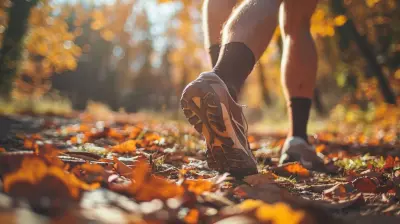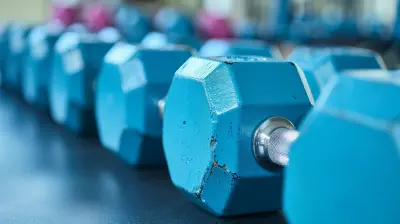How to Build Stronger Legs with These Top Exercises
19 October 2025
Let’s face it—leg day has a bit of a bad rep. We've all heard the jokes, seen the memes, or maybe even skipped a few sessions ourselves (no shame!). But if you're serious about building a balanced, powerful body, strengthening your legs isn't negotiable. In fact, strong legs are the foundation of overall athletic performance, whether you're chasing a personal best in a 5K or just trying to carry all your groceries in one trip.
In this article, we’ll break down how to build stronger legs using some of the most effective exercises out there. We’re not just listing moves—we’re diving into how they work, why they matter, and how to include them in your routine. Oh yeah, and we’re keeping it real, simple, and, most importantly, human.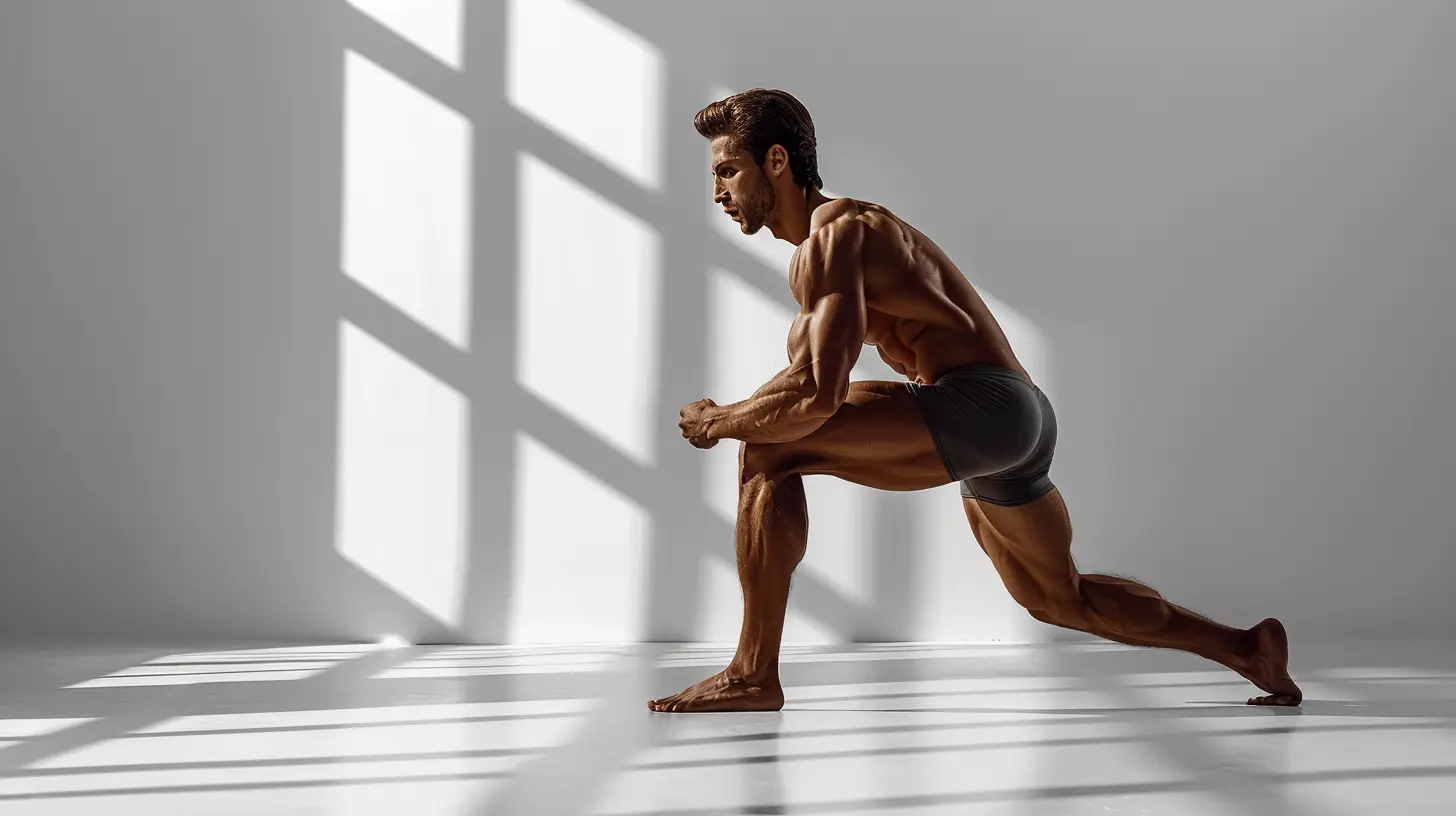
Why Leg Strength Matters More Than You Think
Think your upper body does all the heavy lifting? Think again. Your legs are your support system. They carry you through every step, lift, jump, sprint, and squat. Strong legs don't just help in the gym—they make everyday life easier.Here’s what strong legs can do for you:
- Improve balance and stability
- Boost athletic performance
- Reduce the risk of injury
- Enhance overall body symmetry
- Support better posture and core strength
Not to mention, training your legs burns a TON of calories because you're working some of the largest muscles in your body (hello, bonus fat burn!).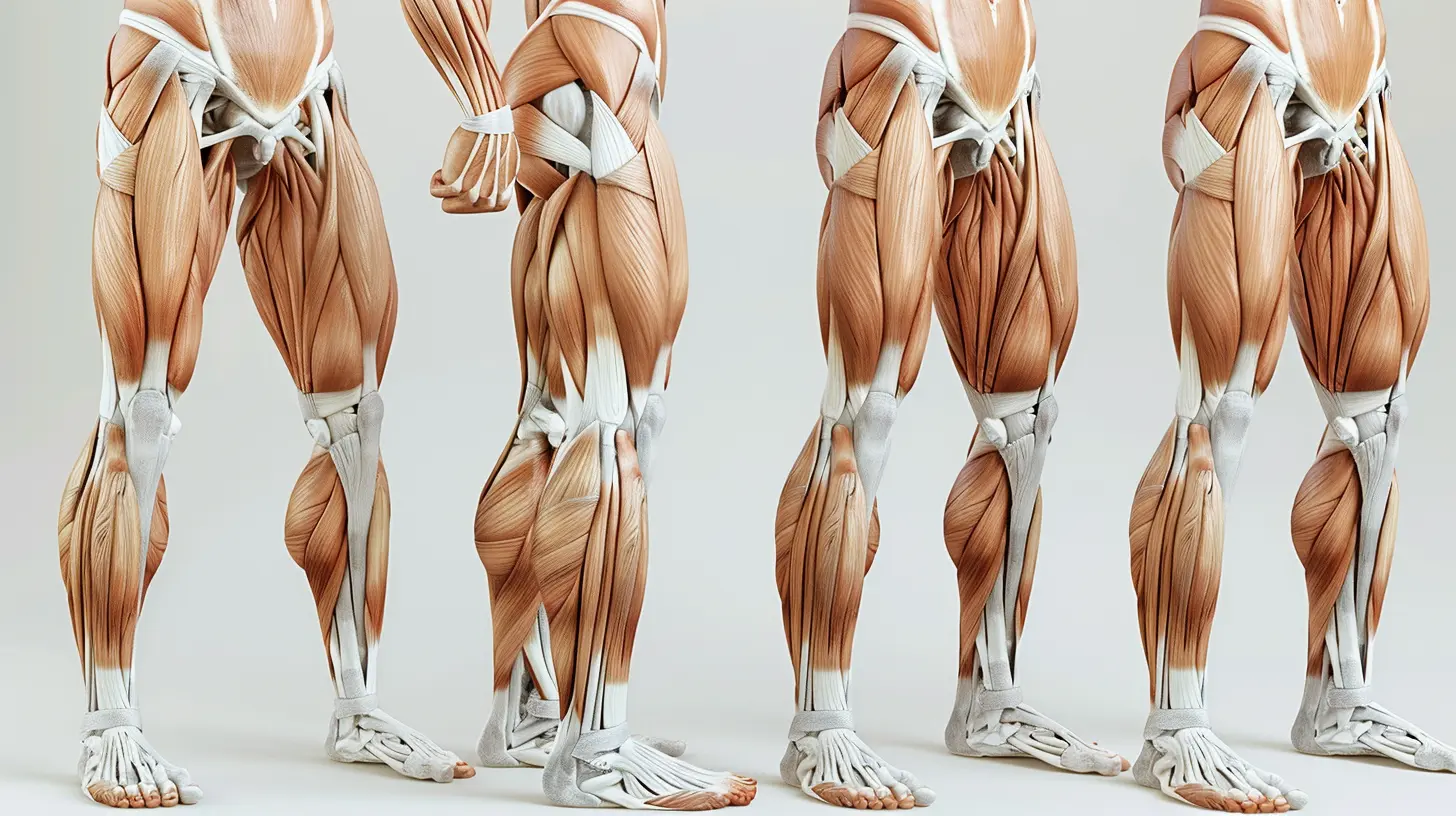
The Anatomy of Your Legs: What Are We Even Training?
Before we jump into the workouts, let’s get a quick idea of what we’re working with. Your legs are made up of several muscle groups:- Quadriceps (front of your thigh)
- Hamstrings (back of your thigh)
- Glutes (yep, your butt)
- Calves (lower part of your leg)
- Hip Flexors (front of your hip)
Each of these muscles plays a role in movement, strength, and stability. A well-rounded leg workout should hit all of them. No shortcuts, no skipping.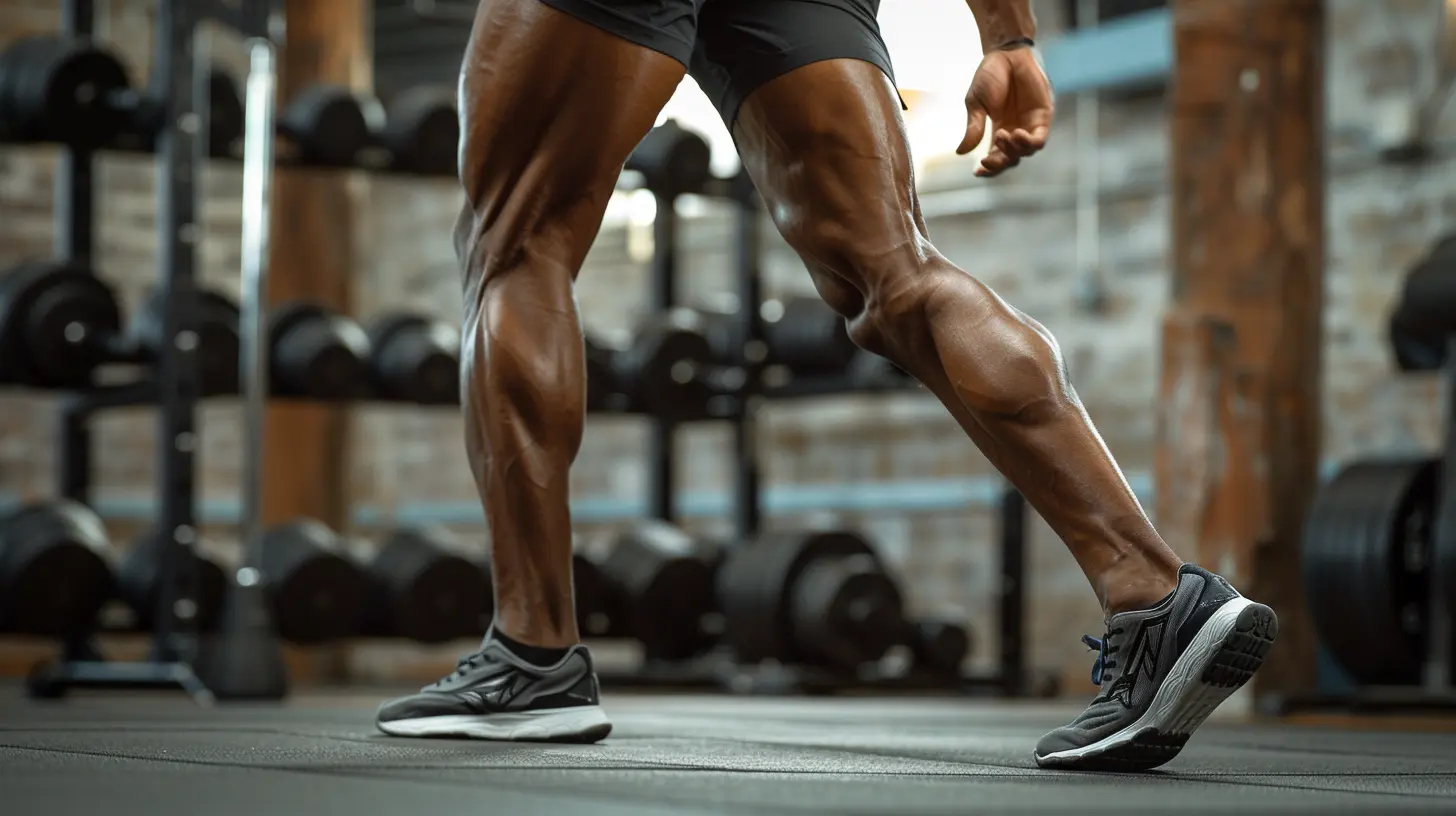
The Golden Rule: Compound Movements Are King
If you’re serious about making gains, compound exercises should be your bread and butter. These are multi-joint movements that recruit a bunch of muscle groups at once, and they mimic real-life motions.Here are the top leg exercises to add to your workout arsenal: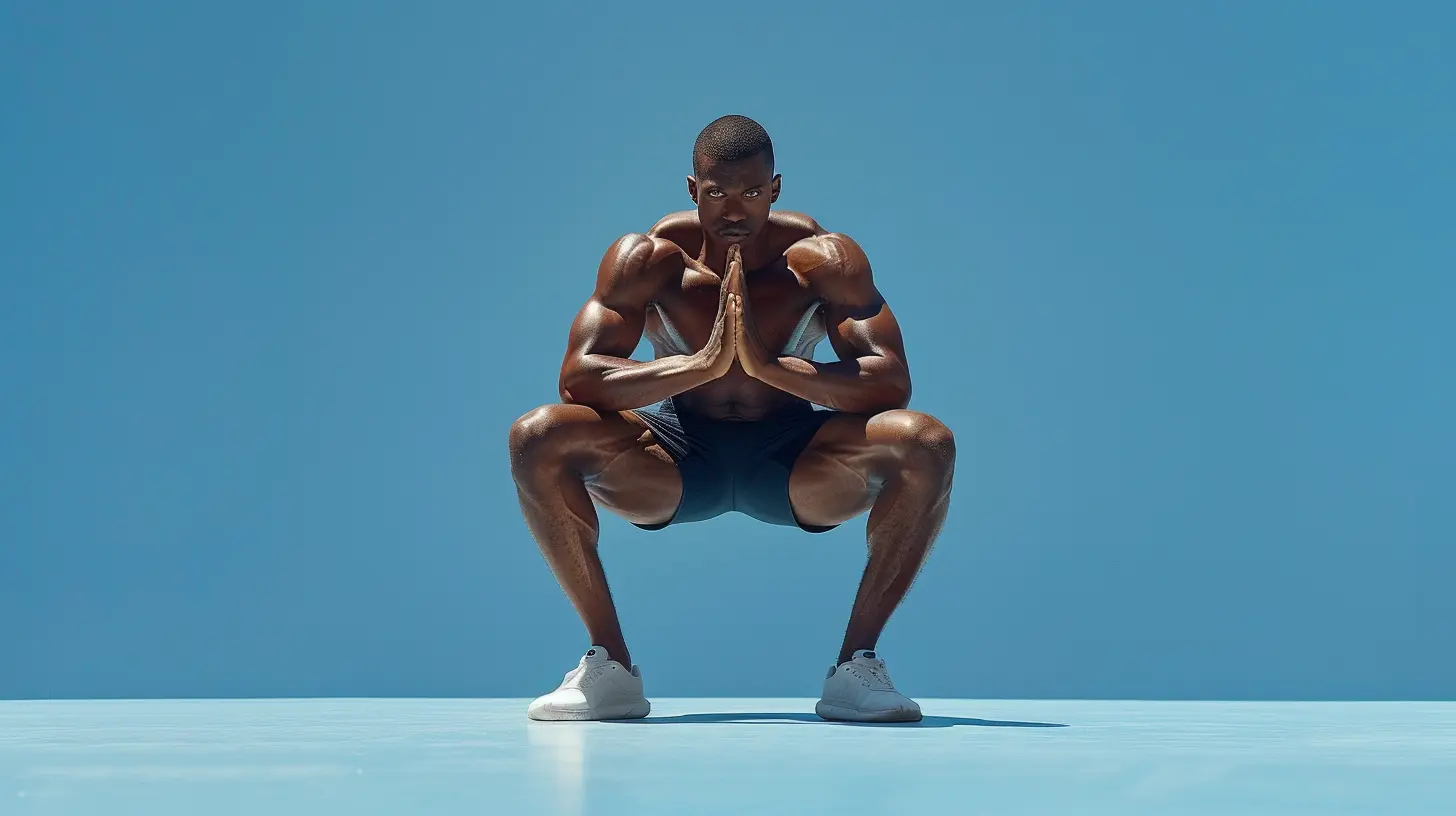
1. Squats: The King of All Leg Workouts
Muscles Worked: Quads, hamstrings, glutes, calves, coreSquats are like the Swiss Army knife of leg training. They hit nearly every major leg muscle and also engage your core. Plus, there are a ton of variations to keep things fresh (more on that in a sec).
How to Do It:
1. Stand shoulder-width apart, toes slightly turned out.
2. Keep your chest up and core tight.
3. Lower yourself like you're sitting into a chair.
4. Keep knees in line with your toes.
5. Go as low as your mobility allows, then push through your heels to stand back up.
Pro Tip: Don’t ego lift. Form first, always.
Try This: Goblet squats, front squats, Bulgarian split squats (oh yeah, they burn).
2. Deadlifts: Not Just for Powerlifters
Muscles Worked: Hamstrings, glutes, lower back, coreDeadlifts build a powerful posterior chain—that's fitness speak for the back side of your body. Whether you're lifting groceries or hiking a steep trail, strong hamstrings and glutes are essential.
How to Do It:
1. Stand with feet hip-width apart, barbell over the middle of your feet.
2. Bend at your hips and knees, grip the bar just outside your knees.
3. Keep your back flat and chest up.
4. Drive through your feet and lift the bar by extending your hips and knees.
5. Lower it with control.
Try This: Romanian deadlifts, sumo deadlifts, trap bar deadlifts.
Pro Tip: Use your legs and hips—your back should just go along for the ride.
3. Lunges: One Step at a Time
Muscles Worked: Quads, glutes, hamstrings, calvesLunges force each leg to work on its own, which helps correct imbalances and improve coordination. They’re also amazing for building stability and joint strength.
How to Do It:
1. Stand tall, step one leg forward.
2. Lower your hips until both knees are at about 90 degrees.
3. Front knee should stay above the ankle.
4. Push through your front heel to return to standing.
Try This: Walking lunges, reverse lunges, lateral lunges.
Pro Tip: Focus on control, not speed, to really fire up your muscles.
4. Step-Ups: Simple But Brutal
Muscles Worked: Quads, glutes, hamstringsOne small step for man, one giant burn for your legs. Step-ups are super functional and can be scaled up or down depending on your fitness level.
How to Do It:
1. Stand in front of a bench or sturdy box.
2. Step one foot up and drive through that leg to lift your body.
3. Bring the other foot up to stand fully.
4. Step back down and repeat on the same leg or alternate.
Pro Tip: Add dumbbells for extra resistance.
5. Calf Raises: Don't Forget the Lower Legs
Muscles Worked: Calves (gastrocnemius and soleus)Calves often get overlooked, but they’re crucial for ankle stability and explosive movements like jumping and sprinting.
How to Do It:
1. Stand tall, feet shoulder-width apart.
2. Raise your heels off the ground, squeezing your calves at the top.
3. Lower slowly and repeat.
Try This: Seated calf raises for soleus focus, standing for gastrocnemius.
Pro Tip: Control the tempo—don’t bounce. That’s just cheating yourself.
6. Glute Bridges / Hip Thrusts: All About the Booty Power
Muscles Worked: Glutes, hamstrings, coreYour glutes are your body’s engine. Strong glutes support your back, protect your knees, and yes, they look good too.
How to Do a Glute Bridge:
1. Lie flat on your back, knees bent, feet flat on the floor.
2. Push through your heels to lift your hips up.
3. Squeeze your glutes at the top.
4. Lower with control.
Try This: Hip thrusts with a barbell for added resistance.
Pro Tip: Don’t arch your back. The power should come from your glutes, not your spine.
Programming Your Leg Day: How Often Should You Train?
Now that you’ve got a toolbox full of killer exercises, let’s talk about programming.Most people benefit from training legs 1-2 times per week, depending on your recovery, goals, and overall workout schedule. Balance is key. You don't want to burn out, but you also need enough stimulus to grow stronger.
A basic weekly split might look like this:
- Monday: Full-body
- Wednesday: Upper body
- Friday: LEG DAY (go hard!)
Or if you're doing splits:
- Day 1: Quads-focused leg day
- Day 2: Hamstrings/glutes-focused leg day
Don't forget to warm up before you train and stretch afterwards. Tight, stiff muscles don’t grow well and are more prone to injury.
Eating for Strength: Fuel Your Leg Gains
Building stronger legs isn’t just about what you do in the gym—it’s also about what you put on your plate.You need:
- Protein to repair and grow muscle
- Carbs for energy
- Fats for overall health and hormone support
- Hydration, always
Try to eat a protein-rich meal within 1-2 hours post-workout to support recovery.
It’s Not Always About Going Heavy
Yes, progressive overload is a thing. You DO need to challenge your muscles by increasing weights, reps, or sets over time. But don’t get caught up in chasing numbers so much that you compromise form.Sometimes slowing things down, adding pauses, or using resistance bands can light up your muscles even more effectively.
Listen to Your Body
Stronger legs are a journey, not a race. Soreness is okay; pain is not. If something feels off—especially in your knees or lower back—check your form and scale back if needed. Rest and recovery are just as important as the workouts themselves.Final Thoughts: Stronger Legs, Stronger You
Sure, leg workouts can be tough. They’ll leave you wobbly, sweaty, and maybe a bit sore the next day. But the benefits? Totally worth it.Stronger legs support everything you do, from climbing stairs to crushing workouts. Start with the basics, build good habits, and keep showing up. Consistency is the secret sauce.
Whether you’re a seasoned athlete or just getting started, incorporating these top exercises will get you on the path to legs that aren't just strong—but powerful, balanced, and built to last.
You’ve got this. Leg day? Bring it on.
all images in this post were generated using AI tools
Category:
Gym TrainingAuthor:

Preston Wilkins
Discussion
rate this article
1 comments
Lorna McQuade
Consistency and form are key for leg strength.
October 20, 2025 at 12:06 PM

Preston Wilkins
Absolutely! Consistency in your workouts and maintaining proper form are essential for maximizing leg strength and preventing injury. Keep at it!
